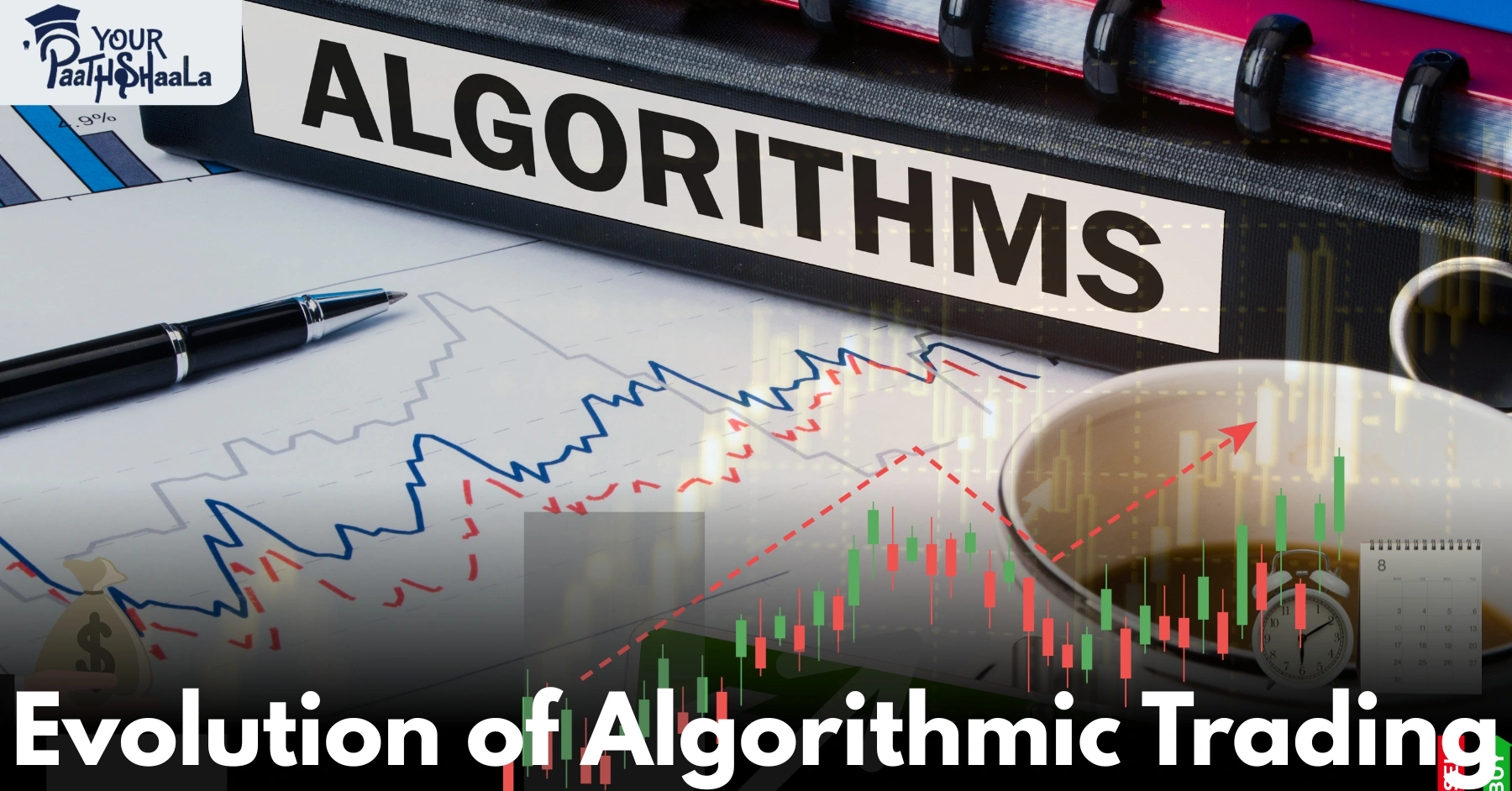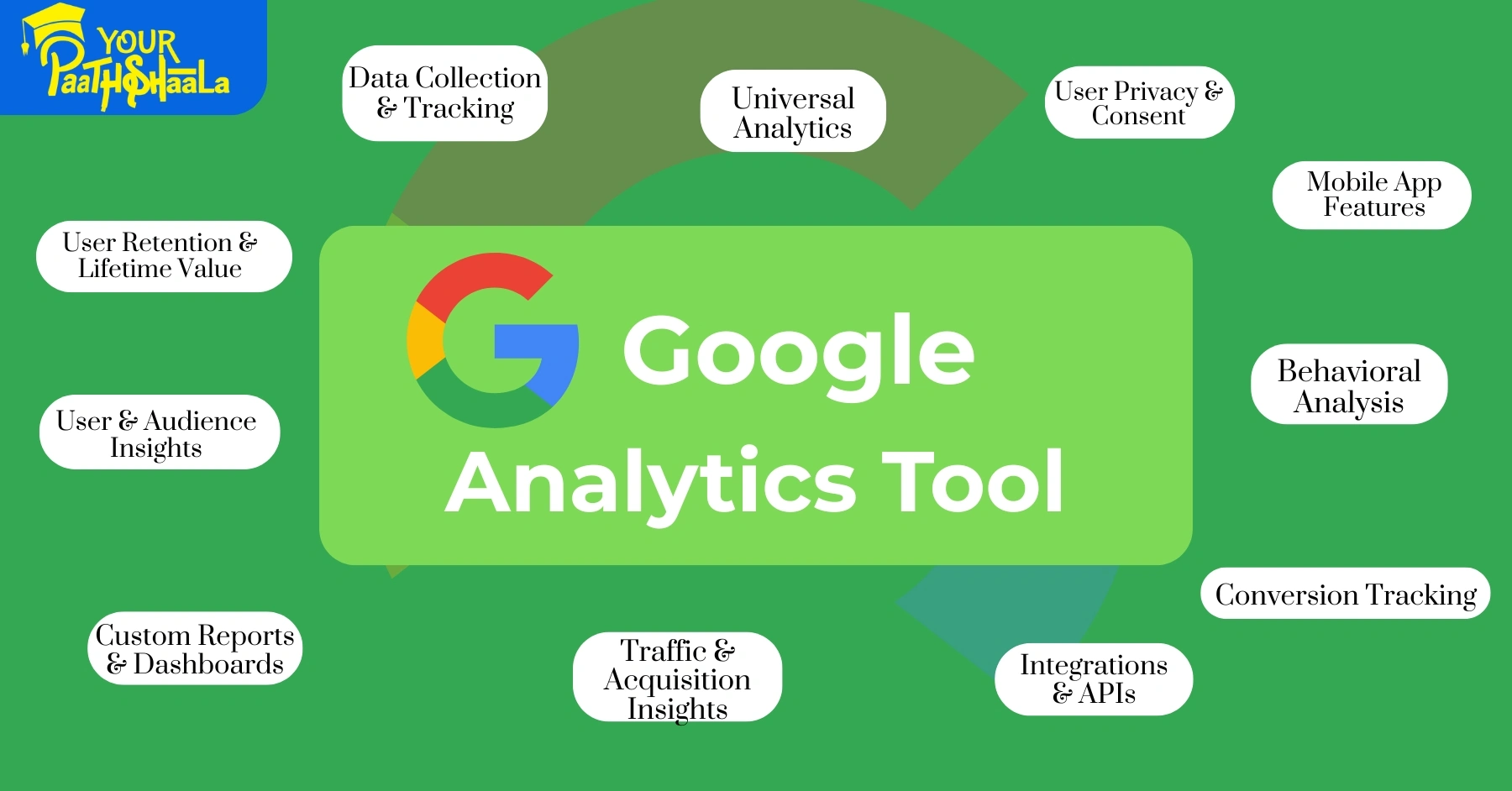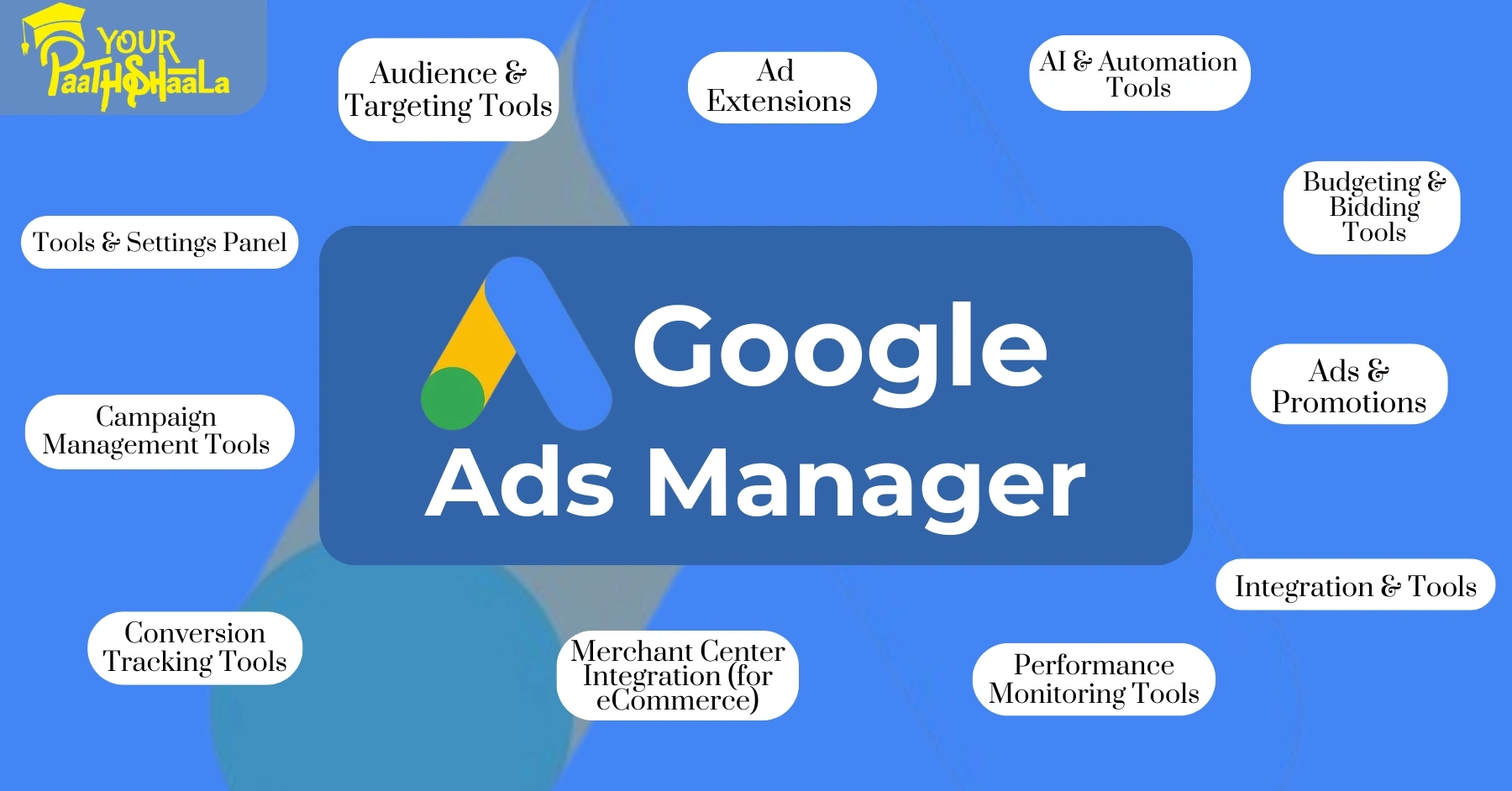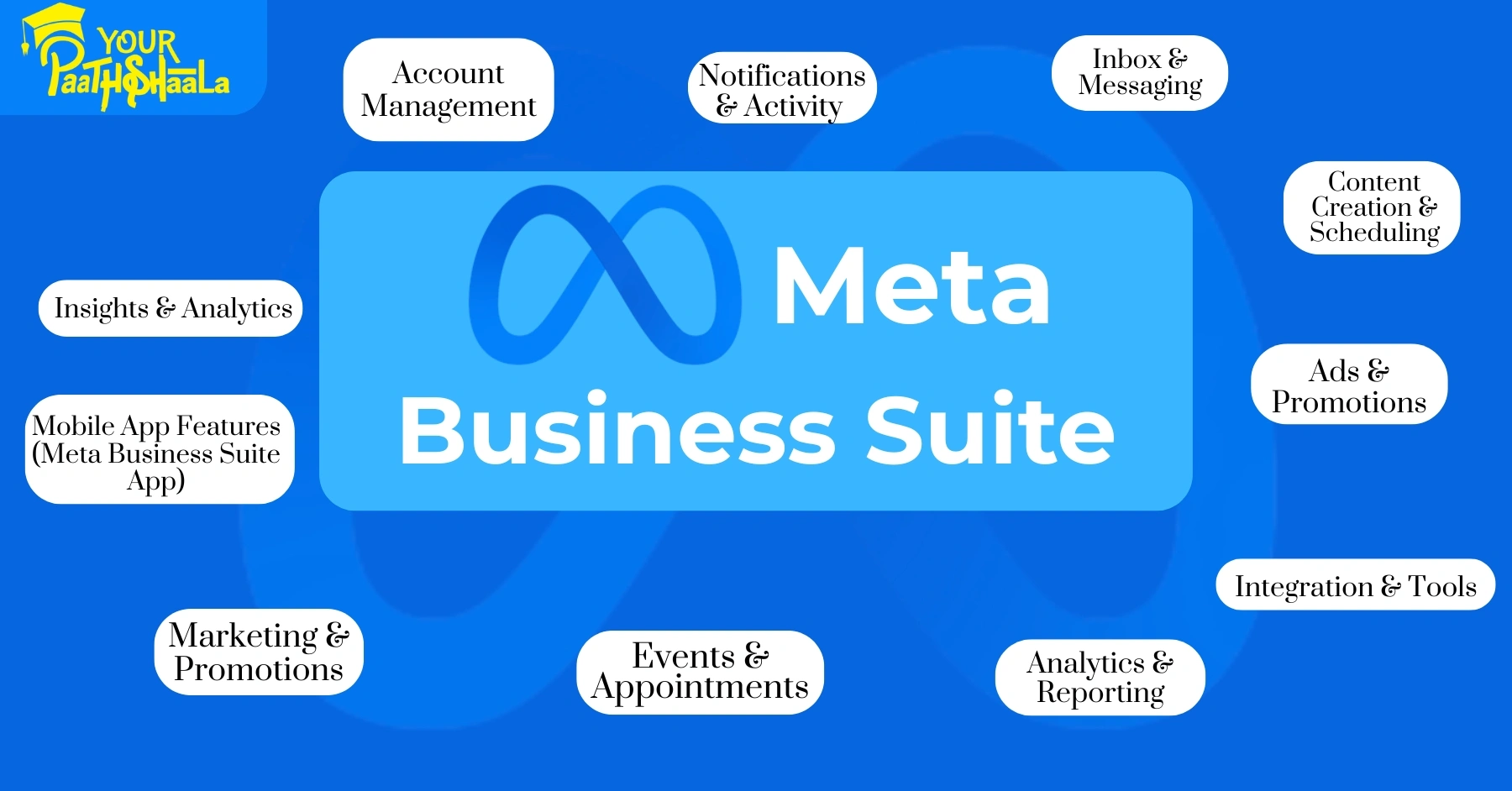The Evolution of Algorithmic Trading: How AI is Transforming Financial Markets
In today’s tech-driven financial world, algorithmic trading, or algo trading, has reshaped how markets function. What once required hours of manual analysis and decision-making can now happen in milliseconds—thanks to powerful algorithms and automation.
But what is algorithmic trading exactly? Why is it becoming so popular? And how can modern traders and investors use it to their advantage?
Let’s dive deep into the evolution of algorithmic trading, understand how it works, and explore how artificial intelligence (AI) is making trading smarter, faster, and more efficient than ever before.
💡 What Is Algorithmic Trading?
Algorithmic trading is the use of computer programs to execute trades automatically based on predefined conditions such as price, volume, or timing. These programs follow step-by-step instructions—called algorithms—to carry out trades at speeds and frequencies that are impossible for human traders.
Key Features:
⚡ Ultra-fast trade execution
📊 Rules-based trading logic
🤖 Minimal human intervention
🧮 Based on quantitative data and models
This method is used by:
Institutional traders
Hedge funds
Banks
Even retail investors using advanced platforms
⏳ A Quick Timeline of Algorithmic Trading Evolution
| Year/Phase | Key Developments |
|---|---|
| 1970s–80s | Start of electronic trading on Wall Street |
| 1990s | Growth of quantitative trading strategies |
| Early 2000s | Rise of high-frequency trading (HFT) |
| 2010s | Introduction of AI and machine learning models |
| 2020s onward | Integration with real-time data and smart AI bots |
🛠️ How Algorithmic Trading Works
At the core of algorithmic trading is a strategy — a set of conditions or triggers. These could be based on:
Price trends or patterns
Volume spikes
Technical indicators (like RSI, MACD, etc.)
News events or earnings releases
Time-based execution (like VWAP or TWAP)
Once the conditions are met, the system automatically buys or sells assets without waiting for human confirmation.
🚀 Benefits of Algorithmic Trading
✅ 1. Speed and Efficiency
Algorithms can execute thousands of trades in seconds. Speed matters—especially in high-frequency trading (HFT), where microseconds can make or break profits.
✅ 2. Reduced Human Error
No emotional decisions. Algorithms are logical and disciplined. They remove the risk of fear, greed, or hesitation.
✅ 3. Cost Reduction
Less manual oversight and faster execution reduce transaction costs and increase scalability.
✅ 4. Backtesting and Strategy Optimization
Traders can test strategies on historical data to measure potential performance before risking real capital.
✅ 5. Consistency and Precision
Algorithms never miss a trade signal, unlike humans who might overlook opportunities or act too late.
🔁 Types of Algorithmic Trading Strategies
📌 Trend Following
Buy when prices rise, sell when they fall. Based on moving averages, momentum indicators, and breakouts.
📌 Arbitrage
Take advantage of price differences across markets. For example, buying a stock on one exchange and selling on another at a higher price.
📌 Mean Reversion
Assumes prices will revert to their average. When prices deviate too far, the algorithm trades on the expectation of a return to the mean.
📌 Volume-Weighted Average Price (VWAP)
Breaks large orders into smaller parts to avoid impacting the market too much. Traded over a day at average market volume.
🤖 The Role of AI in Modern Algorithmic Trading
AI has supercharged algorithmic trading.
Here’s how:
🧠 1. Machine Learning (ML)
ML models can analyze large datasets, learn from patterns, and adapt trading strategies without human programming.
Example: An ML model can detect subtle relationships between inflation and gold prices and execute trades accordingly.
📡 2. Natural Language Processing (NLP)
NLP reads news headlines, tweets, and earnings reports to extract sentiment or forecast market reaction.
Example: AI analyzes a CEO’s statement during a quarterly earnings call and instantly places a trade if the tone is positive.
⌛ 3. Predictive Analytics
AI systems can forecast stock movements based on historical data, global events, or macroeconomic indicators.
These improvements help in creating self-adjusting, dynamic trading systems that constantly evolve and learn.
⚠️ Risks and Challenges of Algorithmic Trading
While algorithmic trading offers major advantages, it comes with its share of challenges:
❗ Flash Crashes
Too many trades in milliseconds can cause sudden market crashes.
❗ Technical Failures
Bugs or glitches in code can lead to incorrect trades and huge losses.
❗ Overfitting in Models
Backtested strategies may perform poorly in real time due to unrealistic assumptions.
❗ Regulation & Ethics
Market manipulation via automated systems is a major concern for regulators worldwide.
That’s why human oversight, risk controls, and ethical coding remain essential even in automated environments.
🔮 Future of Algorithmic Trading
The next stage of evolution involves autonomous trading systems using:
Deep learning
Real-time data from IoT, social media
Blockchain-based transparent trading platforms
Cloud-based collaborative AI bots
As technology gets smarter, traders must also evolve their skills, adapting to data-driven strategies and staying ahead of the curve.
🏫 Learn Algorithmic Trading at YourPaathshaala
At YourPaathshaala, we offer real-world education in trading and investing, including:
Basics of algorithmic trading
How to build your first trading bot
Understanding technical analysis
Risk management in fast-paced markets
Live mentorship for stock, forex, and crypto trading
📍 Visit YourPaathshaala
Near 🏥 Anjali Children Hospital, Tagore Nagar, Mathpurena, Raipur
📫 PIN code: 492001, Chhattisgarh
📞 Click the Call Now to connect and start your trading journey today! To check out the full article click here!














[…] Evolution of Algorithmic Trading […]
[…] Evolution of Algorithmic Trading […]
[…] Evolution of Algorithmic Trading […]
[…] Evolution of Algorithmic Trading […]